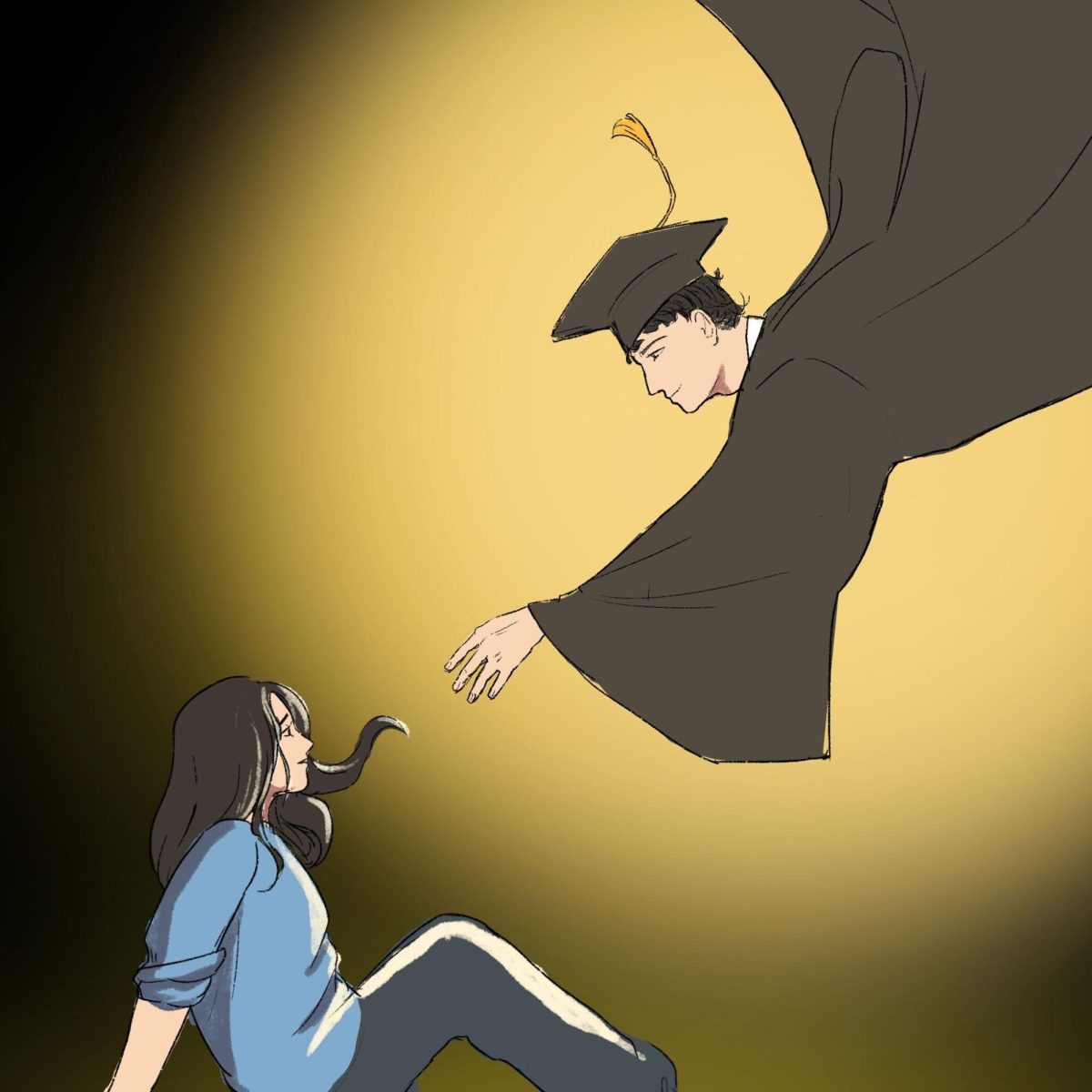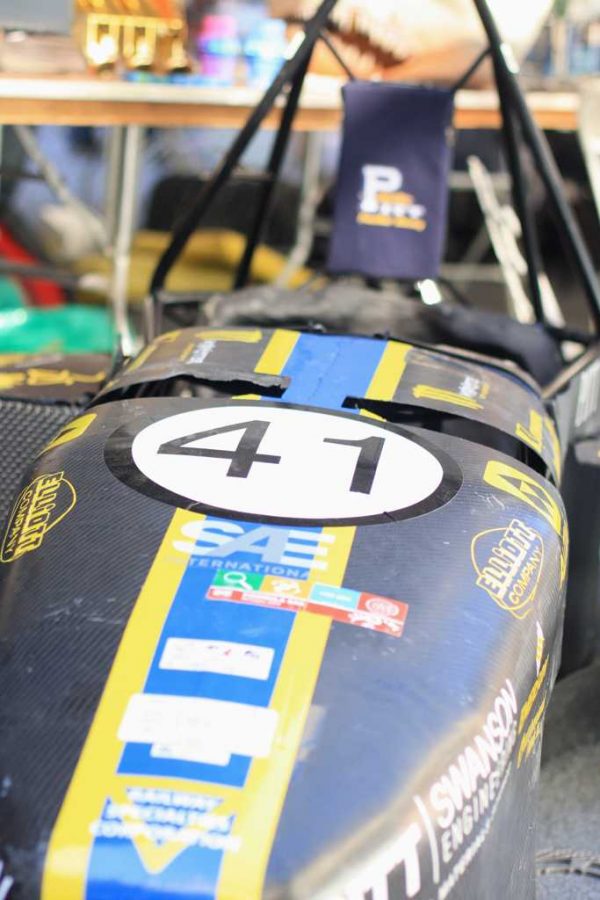Handmade robots crawled along the asphalt and 3-D printers whirred quietly as artisans and creators of all ages flooded Buhl Community Park in Northside and transformed it into an inventor’s paradise this weekend.
On Oct. 10 and 11, more than 200 exhibits displayed booths and tents outside the Children’s Museum of Pittsburgh for the first annual Maker Faire Pittsburgh, a community event that features the creative inventions of artists, engineers, gamers and makers of all types.
Maker Faire Pittsburgh is organized and sponsored by Make Media, which organizes 14 official Maker Faires around the world and publishes Make magazine. According to Maker Faire Pittsburgh’s website, the event’s goal is to “inspire everyone to become a maker” and to foster the growth of the making community.
Tickets for the event were $20 for one day and $30 for two days, if purchased before the fair, and $25 for one day and $40 for two, if purchased at the fair.
One exhibitor, Pittsburgh native James Hyde, built both a mini pipe organ that can play music from his phone and a rubber band Gatling gun, a rapid-fire rubber band launcher. He named the pseudo-weapon “The Ambassador” and said it can fire up to 180 rubber bands in seven seconds.
“[The idea for the Gatling gun] started out as a fight between my friends and I, but I always overbuild everything,” Hyde said.
The crowd of attendees milled through the rows of exhibits and projects. According to Bill Schlageter, director of marketing for the Children’s Museum of Pittsburgh, the organizers estimate about 5,000 people attended the event but will not release an official number until Tuesday.
The frontmost section of the Faire featured food trucks and decorated booths filled with handmade jewelry, scarves and analog clocks. Toward the back of the faire, the more technical exhibits forewent decorations in favor of Arduinos, Raspberry Pi’s, 3-D printers and custom-built robots.
Max Praniewicz and Michael DeCirce, both senior mechanical engineers at Pitt, exhibited a race car at Maker Faire, representing Pitt’s Formula SAE Team. Every year, Formula SAE, a club in the Swanson School of Engineering, builds and races a new car.
The Formula team let interested fairgoers sit inside the 2014 car, and said they hoped the event would garner more interest in the team. Praniewicz and DeCirce said that, contrary to popular belief, the Formula team is open to students with a wide variety of interests — not just to engineers.
“We chose to go to Maker Faire to expose the public to our car and to demonstrate the engineering that’s going on at the University of Pittsburgh, and also to try to get the word out to our sponsors as well,” Praniewicz said.
Michelle Banas, a junior in electrical engineering, said Maker Faire is also a way for the Formula team to connect with the community.
“It’s a good thing for the community to see, that these are the things their kids could grow up to do,” Banas said. “There was a good amount of interest [in the team’s booth], and a lot of interested little kids.”
Banas said that, although the Formula team’s booth was not in an ideal location, they did win a merit award from the Maker Faire Pittsburgh organizers.
“The Art of Making,” a new honors engineering class at Pitt, brought several projects to Maker Faire, including a mechanical model of Roc the Panther waving a “H2P” sign. Another student in the class built a mechanical hand that uses a glove equipped with flex sensors to mimic the hand motions of the person wearing the glove
Carnegie Mellon students also exhibited several booths at the fair, with projects ranging from 3-D-printable robots to an air quality database.
CMU Integrative Design, Art and Technology, known as IDeATe, tabled at the fair as well. Kelly Delaney, an adviser at CMU, said IDeATe is an interdisciplinary program of 250 to 300 students that works to show students the value of working together across several fields.
At the IDeATe booth, Vijay Sampath, a senior mechanical engineering major at CMU, exhibited the interactive robot that he has been working on with David Touretzky, a professor of computer science at CMU. Touretzky has been working on this project for more than 10 years.
Sampath has recreated Calliope3, his robot, three times. Sampath has been working with Touretzky for the past year and has designed a more effective gripper hand for the robot to help it grasp small, medium and large objects.
“It’s a fully autonomous robot that has a camera and can see,” Sampath said. “Our goal is to take it to high schools and teach students how to make it interact with its environment.”
Sampath also said the robot can be programmed to verbalize certain phrases in certain situations.
For instance, the Calliope3 has been programmed to recognize other robots in the lab and to say their names when it sees them. Sampath is also working on incorporating LEDs into the Calliope3, so that the screen near the face of the robot can mimic a moving mouth.
Although building a robot is a complex task, Sampath said he wants to make it understandable for interested students at a lower level.
“This is the type of stuff that’s normally only done at a graduate level,” Sampath said. “We want to bring it down to the high school level.”



